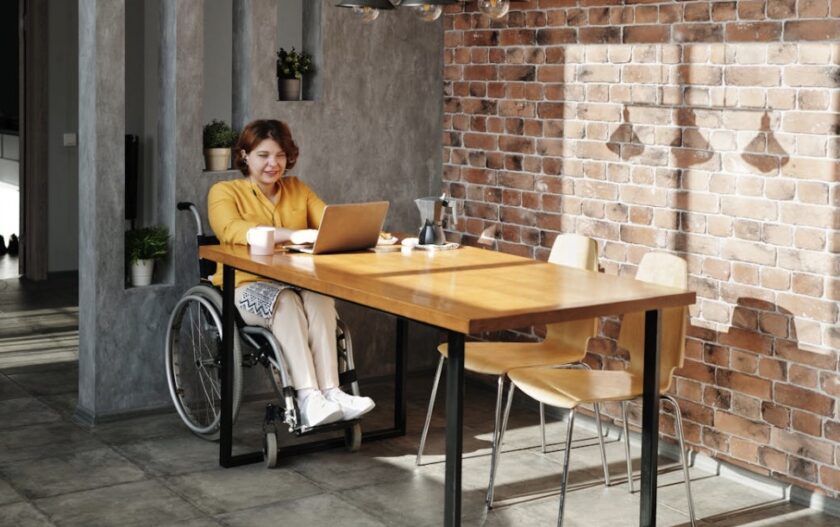How AS 1428 Enhances the Lives of People with Disabilities

Accessibility is more than just a buzzword; it’s a commitment to ensuring that people with disabilities can navigate and interact with the world around them on an equal footing.
In Australia, the AS 1428 series of standards plays a crucial role in achieving this goal. This suite of standards outlines the design requirements for public spaces, buildings, and infrastructure to ensure they are accessible to all. Here’s how AS 1428 enhances the lives of people with disabilities.
What Is AS 1428?
AS 1428, often referred to as the Australian Standard for Design for Access and Mobility, provides comprehensive guidelines for creating environments that accommodate the needs of people with physical, sensory, or mobility impairments. These standards cover various aspects of design, including:
- Accessible entrances
- Doorways and passageways
- Ramps, stairs, and handrails
- Tactile ground surface indicators
- Bathrooms and other essential facilities
Key Benefits of AS 1428
- Improved Mobility: Ramps, handrails, and appropriately graded paths ensure that people using wheelchairs, walkers, or other mobility aids can move freely and safely. These features remove barriers to everyday activities like shopping, commuting, and accessing healthcare facilities.
- Enhanced Safety: The inclusion of tactile indicators, contrasting color schemes, and audible cues ensures that people with vision impairments can navigate public spaces confidently. For example, tactile ground surface indicators warn users of changes in the environment, such as approaching stairs or a road crossing.
- Universal Access to Facilities: AS 1428 mandates that public and commercial buildings provide accessible bathrooms, parking spaces, and seating areas. These features ensure that people with disabilities can participate fully in social, professional, and recreational activities.
- Promotion of Inclusivity: By ensuring that environments are accessible, AS 1428 fosters a sense of belonging for people with disabilities. It enables them to participate in community life, access education, and gain employment without unnecessary obstacles.
- Legal Compliance: Adherence to AS 1428 is not just about moral responsibility; it’s a legal requirement for many types of buildings in Australia. This ensures a baseline level of accessibility across the country, promoting consistency and fairness.
Impact on Everyday Life
For people with disabilities, the implementation of AS 1428 standards translates into greater independence and freedom. Whether it’s entering a shopping mall without needing assistance, using public transport safely, or enjoying a day out with family, these standards empower individuals to lead fuller lives.
Challenges and Future Directions
While AS 1428 has significantly improved accessibility, challenges remain in retrofitting older buildings and ensuring universal compliance. Increased awareness, investment, and innovation are needed to make all spaces truly inclusive. Technology, such as smart accessibility tools, can complement physical infrastructure to bridge existing gaps.
Conclusion
AS 1428 is more than a regulatory framework; it’s a cornerstone of Australia’s commitment to inclusivity and equality. By enhancing accessibility in public and private spaces, this standard ensures that people with disabilities can live with dignity, independence, and equal opportunity. As we continue to refine and expand accessibility measures, we take a step closer to a society where everyone, regardless of ability, can thrive.
Spotted something? Got a story? Send a Facebook Message | A direct message on Twitter | Email: [email protected] Latest News









